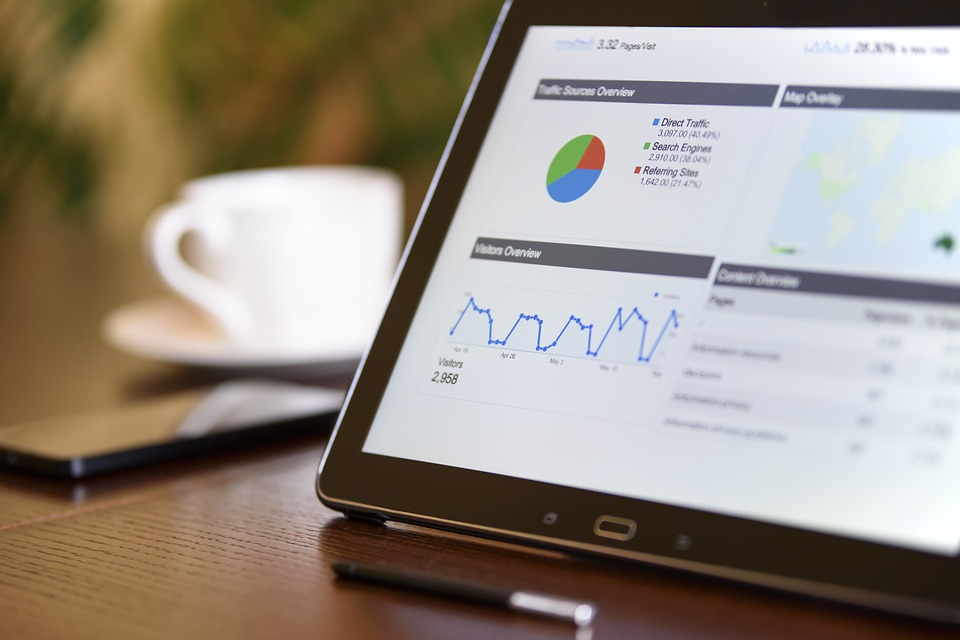With the advent and rise in digitization, Artificial intelligence has started taking over the face of marketing as we see and understand it. Artificial intelligence tech can help to optimize and make the work of marketing faster, helps to enhance customer experiences, and driving conversions.
Enterprise marketing constitutes AI-powered solutions but there are marketers who still don’t have clarity on the benefits of AI and machine learning over “non-intelligent” marketing software.
If you’re still not on the road yet, don’t worry you’re not the only one. Making investments in new technology is a commitment that is quite big and it can get intimidating when it involves complex concepts like machine learning algorithms. This article is based on the extensive research work conducted by Nico Digital bearing references to Michael Brenner’s contribution to Marketing insider group. Let’s look at a few insights into AI in Digital Marketing.
Insights:
- AI enhances the customer experience by analyzing their profiles.
- Speeds up production of content.
- Takes decisions on the types of content and when to distribute it.
- Process’s vast quantities of data and makes accurate predictions based on patterns that emerge from it.
- Predicts customer behavior, identifies and nurtures valuable leads.
- Improves Recommendations and Personalization: The ways of consumers are changing, traditional marketing methods like direct mail and media advertising are no longer as effective as they once were. A primary reason for this downfall is because of the consumers expecting brands to tailor messages to their location, demographics, or interests. There are many who simply ignore non-personalized marketing.
Case study: Accenture derived that 40% of the consumers switched brands due to poor personalization in 2017. A percentile of 43% is more likely to make purchases from companies that personalize the customer experience. Consumers like interacting with personalized marketing messages. 26% of the emails are more likely to be opened when they have personalized subject lines. 79% of consumers in a global poll said that they might use brand promos if they are tailored to past interactions. AI allows marketers to personalize their communications on an individual level rather than the generic target groups that marketers relied on upon the past.
- Dynamic Pricing: Giving away discounts is a proven and sure way to boost up sales, but there are customers who buy with smaller discounts, or if there is no discount at all. AI has its influence in determining the prices of products, depending on their demand and availability, customer profiles, and other factors to maximize both sales and profits. The dynamics in pricing can be easily seen using camelcamelcamel.com, which tracks the price of Amazon products over time.
- Each product has statistical information (graphs) reflecting on how much the pricing fluctuates depending on the season, popularity, and other factors. For instance; if you ever searched for a flight and then went to buy it a few days later only to find that the prices have hiked up to a few hundred dollars, this instance would be a perfect example of dynamic pricing at work.
- Chatbots used for customer servicing: In order to reduce the workload and provide a faster response to customers, most of the reputed organizations are using chatbots to answer common customer queries and provide instant replies at any time of the day or even at night. Chatbots are programmed to meet the general queries or questions of consumers. The answers are based on a set of fixed replies to frequently asked questions. However, regarding circumstances where complex questions are posed the chatbot directs the question to real humans. Therefore, the customer service time is reduced and the workload is lifted, leaving the agents free to deal with conversations that need a more personal response.
Virtual assistants like Siri, Google Assistant, Cortana, and Alexa were getting comfortable with chatbots and in some cases even preferring them to a real person. The advancement of AI processing algorithms has been breathtaking in recent years, making it possible for machines to replace human agents in sales as well as customer service roles.
Chatbots are machines and do not have emotions. Therefore, unlike humans, they don’t have bad days at work. You can rely on them since they are always polite, engaging, and likable.
- SEO: The search algorithms are upgrading or being updated all the time in every aspect from small database product searches on e-commerce sites to search engines like Google that are used by millions of users every day. Integration of the AI into search can help to rectify spelling errors and suggest alternatives. These might also give you suggestions based on previously browsed behavior.Google is increasingly making noticeable advancements at working out search results. For instance; if someone searches for “Apple”. Google instantly refers to the fruit, the technology company, or the record label.
Most of the search engines understand the fact that when a user searches for “coffee shops” on their smartphone, they are looking for a coffee shop located nearby rather than looking for coffee shops in general. The search results are specialized according to the person’s device thus providing a better user experience. This new feature in the last few years has helped users with voice search. It’s become common and is perhaps used by most of the users.
- PPC Ad Optimization: A / B testing is the traditional approach to optimizing marketing messages and display ads, but it is a tedious process with an infinite number of variables to test and is, therefore, time and resource-intensive. With AI algorithms, you can continuously and automatically optimize your ads based on conversions and interactions. However, they have become immune to publicity. The rise of apps like Ghostery to detect and block tracking technologies has made things difficult for both publishers and advertisers. The impact on the publishing industry is overwhelming, with an estimated $ 35 billion revenue loss by the end of this year if adoption continues.
In the past, brands like Unilever and agencies like Havas have chosen to freeze Google and YouTube spending to place ads alongside “unwanted or unsafe content.” This, in addition to questionable visibility reports and the growing number of ad scams, makes both brands and agencies more careful about their spending.
Author Bio:
Aditya Kathotia
Aditya is the Founder and CEO of Nico Digital and Digital Polo. He has attained the pinnacle of brand design expertise by delivering true value to brands and marketers. After pursuing his higher education in Business Analysis from Manchester Business School, he has helped both Nico Digital and Digital Polo unlock its true branding potential globally. You can reach out to him on LinkedIn and Twitter.


